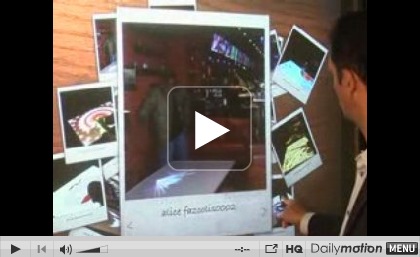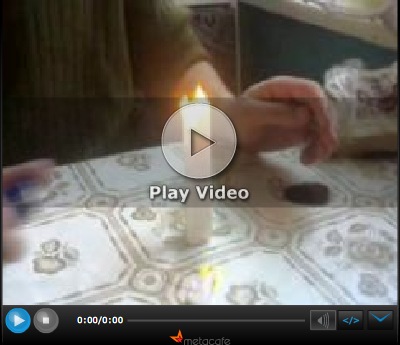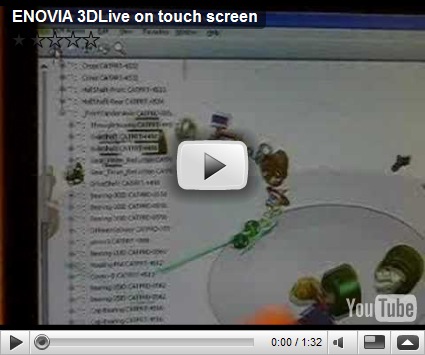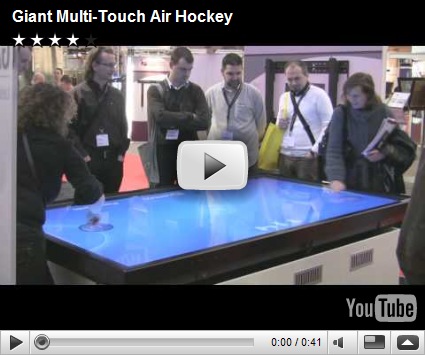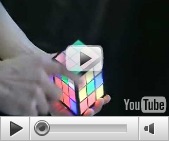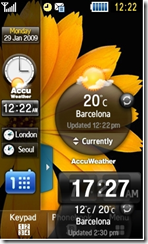Garrick Infanger at Vissumo Touch Systems recently sends me video links introducing the extreme durability of Vissumo force panel technology. In one video clip, a man shots the touch screen with a 9 mm gun but it continues to work.
The reason of the extreme durability can be inferred from the operating principles of the force panel technology. Vissumo's touch screen panel consists of four force sensors and a panel. The sensors are installed near the four corners of the screen and detect the pressure caused by touching. The touch point is computed by simple mathematical equations (see Vissumo - How It Works). Since panel is just a medium to deliver force to the sensors, any (transparent) material can be used as the overlay panel. Therefore, if you use a bullet-proof glass for the panel, you get bullet-proof touch screen.
However, the story is different for popular resistive and capacitive technologies. Since they need special mechanical structure and materials for the panel, it is not so easy to make really strong touch screen.
Finally, off the topic, I think the force panel technology can be applied to make an entertainment system something like Wii Fit.







